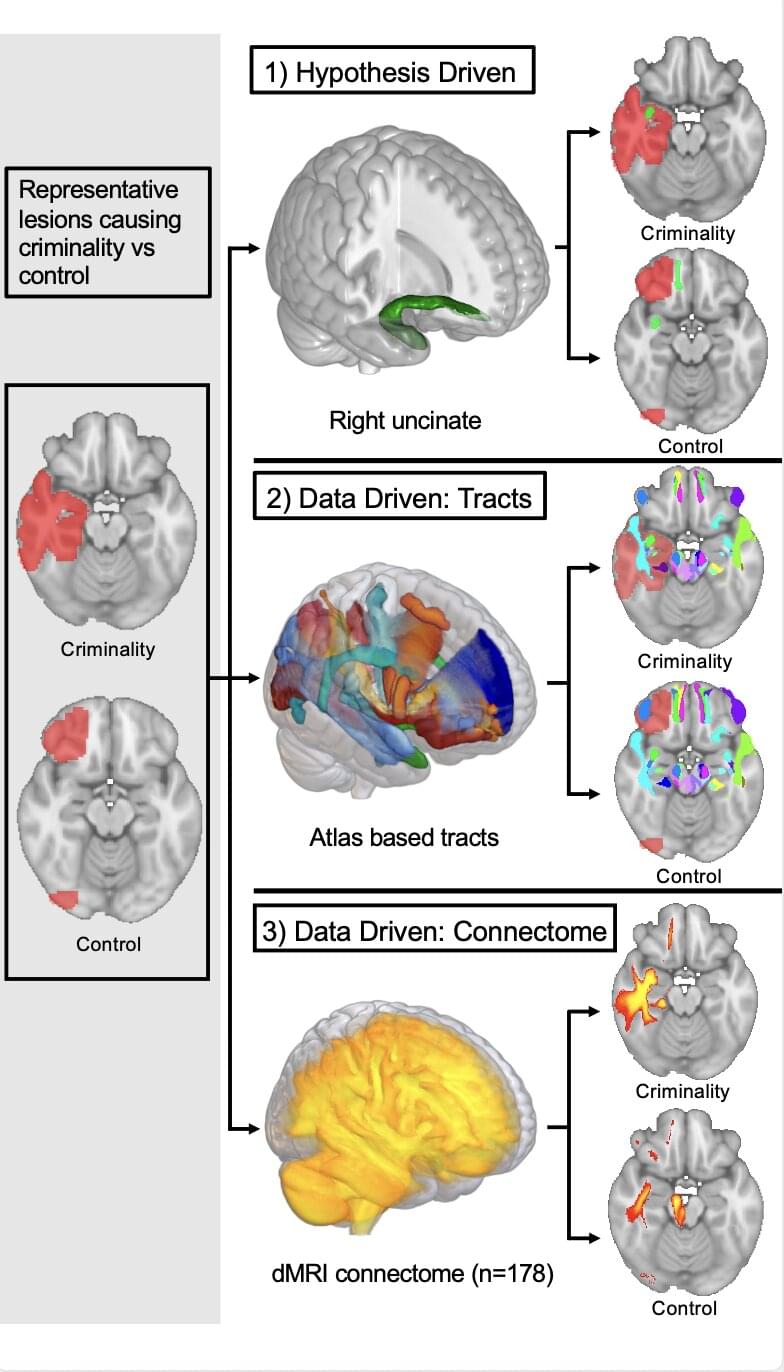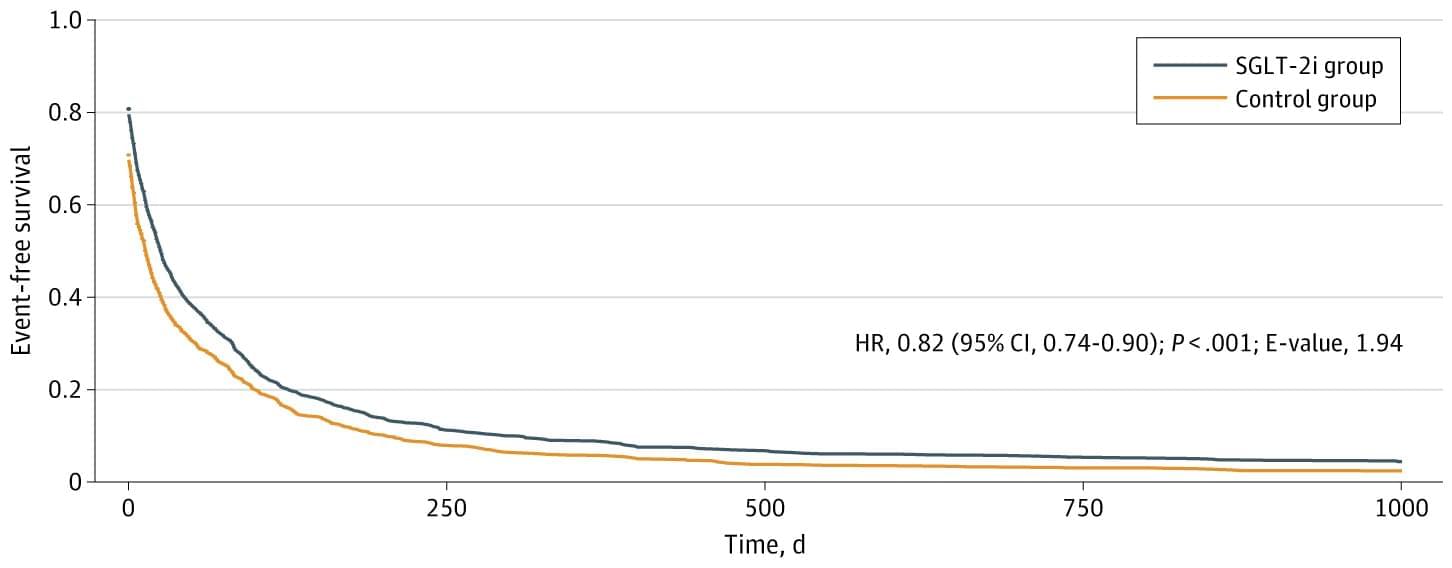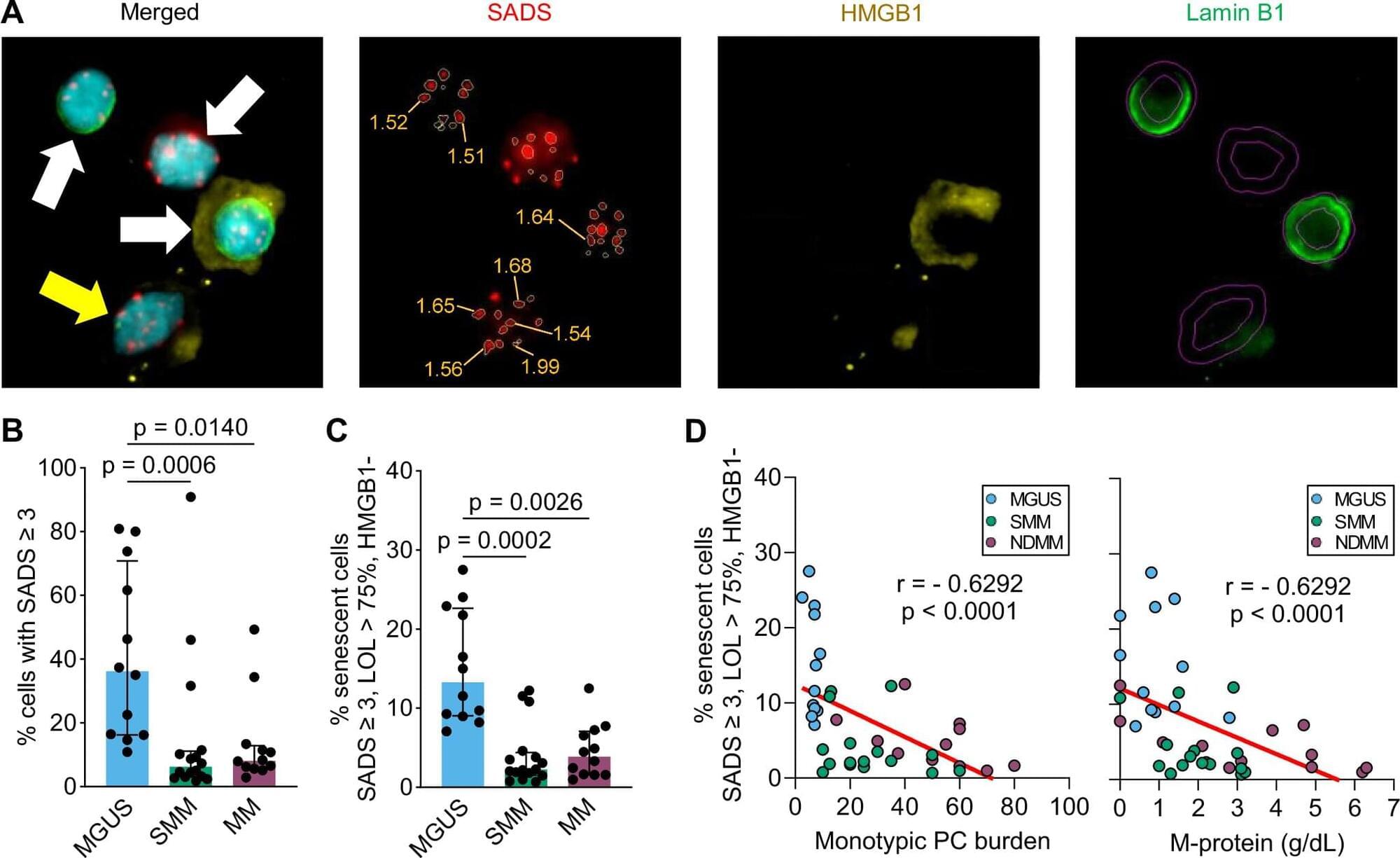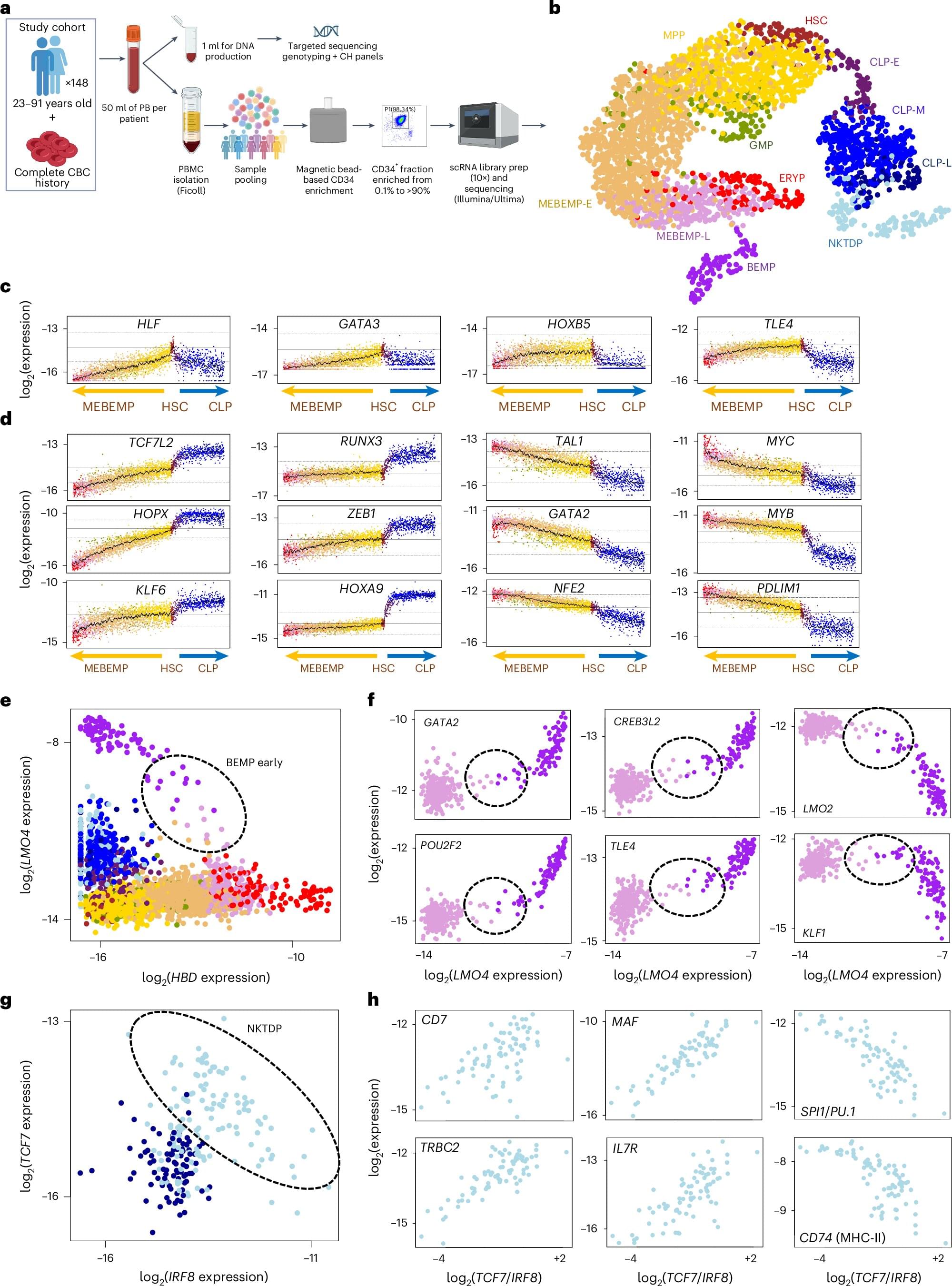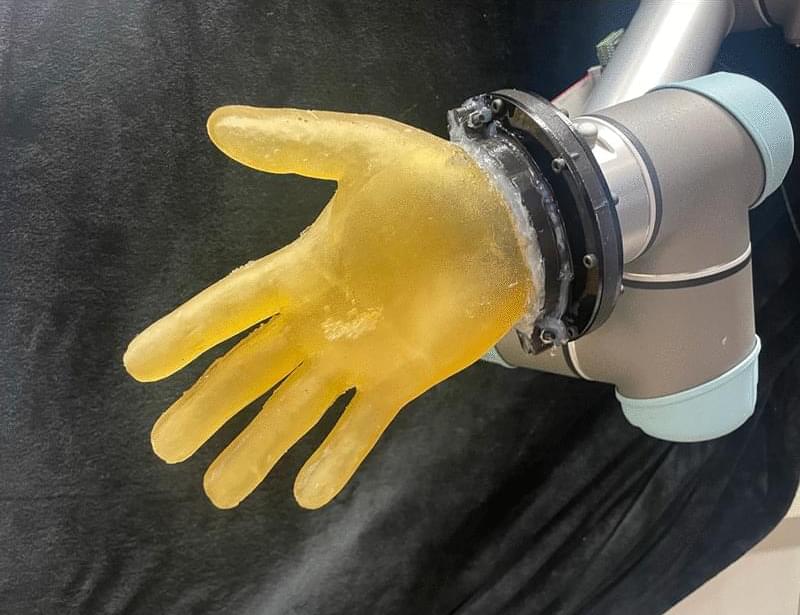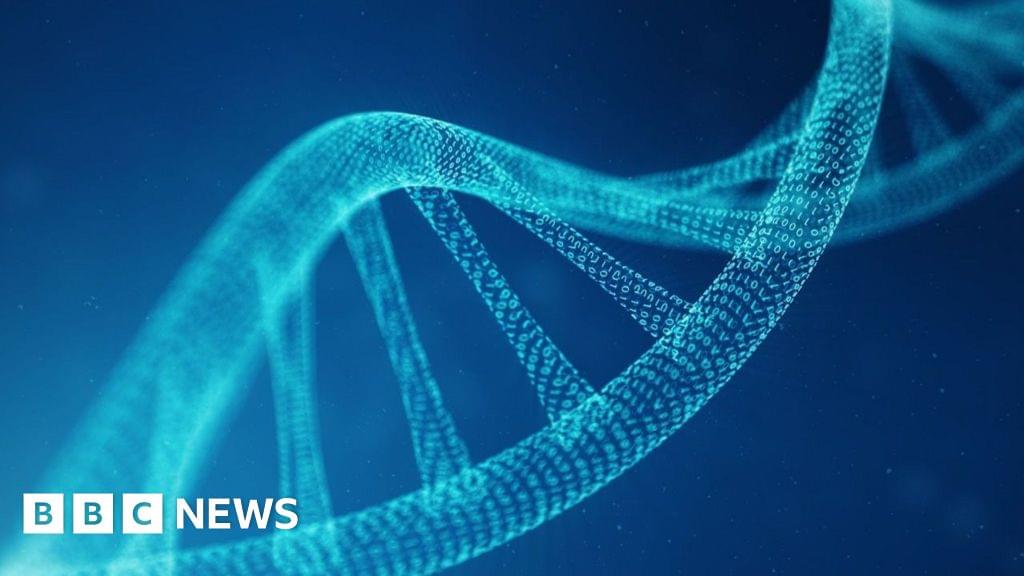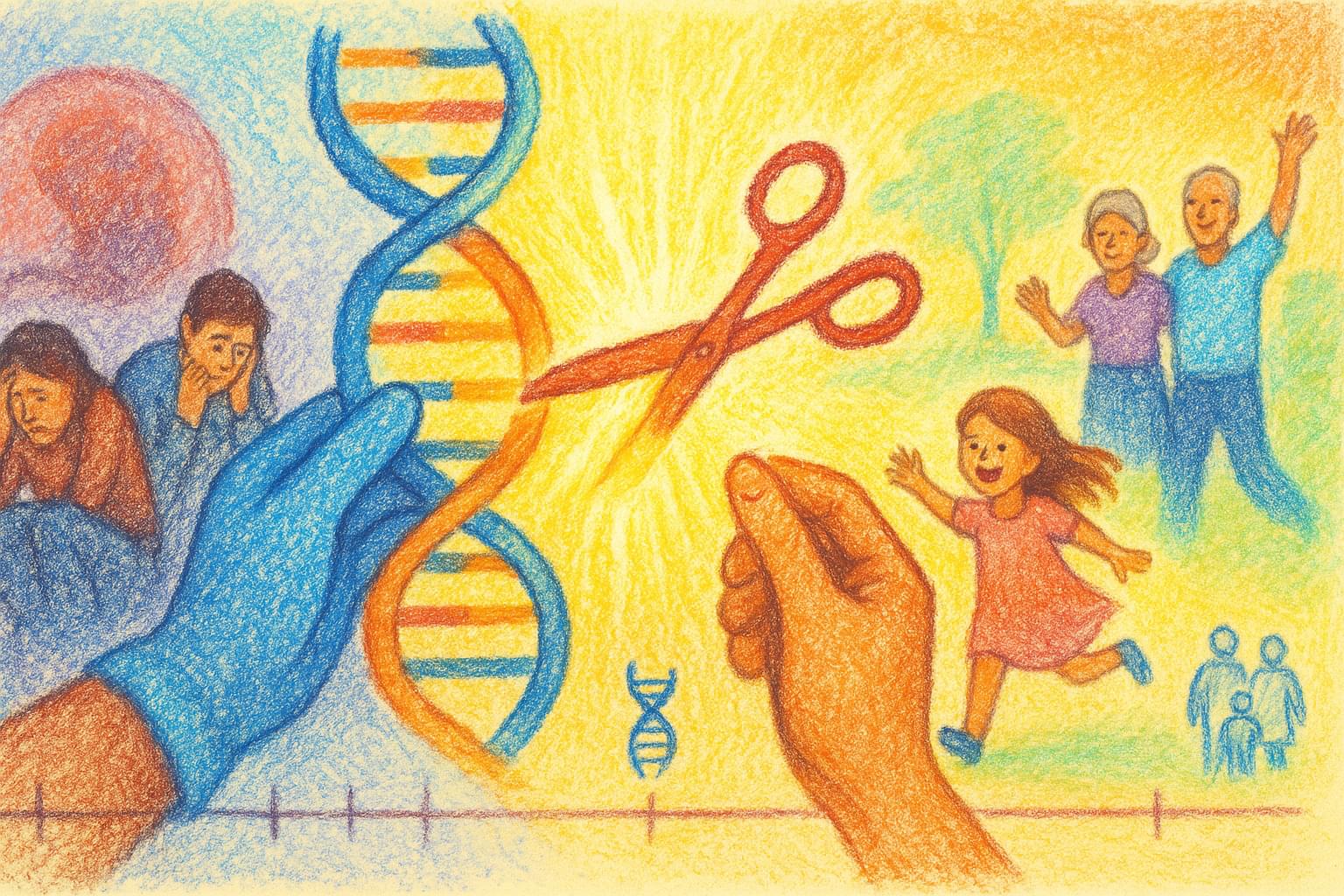Over the past decades, some lawyers have started using brain imaging scans as evidence during criminal trials, to provide a possible explanation for the criminal behavior of defendants. This was justified by recent neuroscientific studies, which found that some people who commit crimes present differences in specific parts of the brain. Yet a key question remains: are these brain changes causal, compensatory or incidental to the behavior?
To answer this question, researchers at Brigham and Women’s Hospital, Harvard Medical School and other institutes in the U.S. analyzed the locations of brain injury temporally associated with a new onset of criminality.
They found evidence suggesting that lesions to a specific white matter tract could be causally implicated in the behavior of individuals who start committing crimes after injury.
